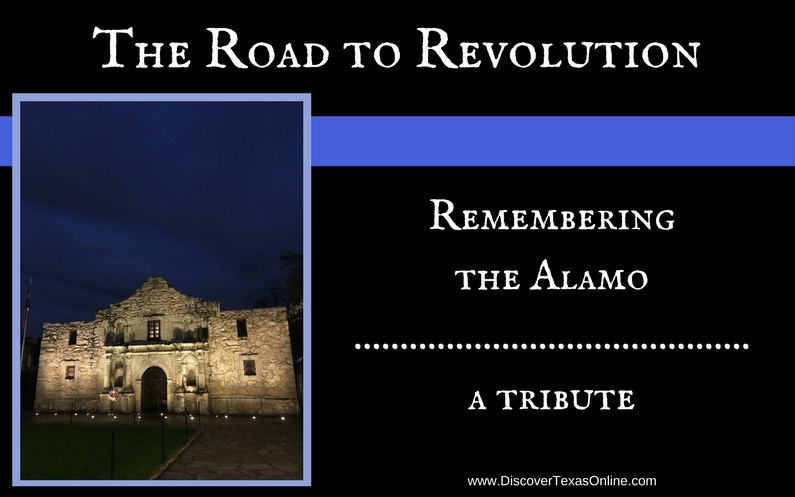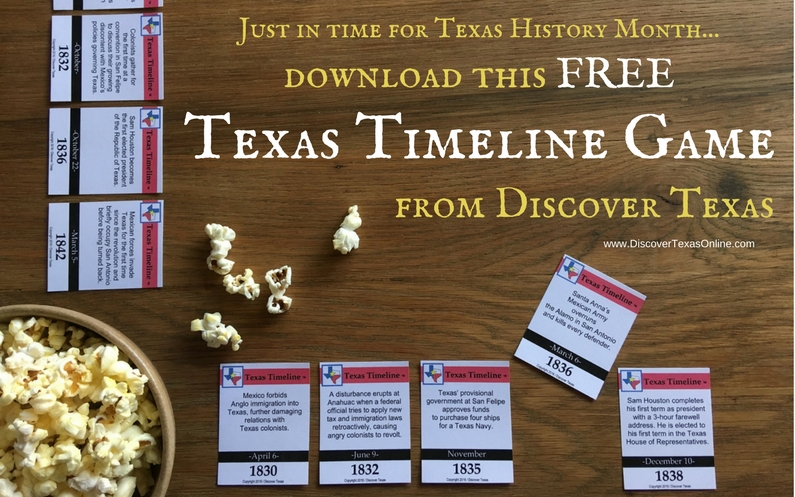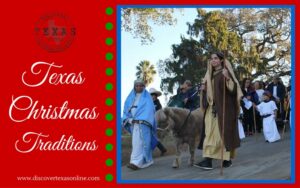
Texas Independence Day
Making Texas Families Free – Keeping Texas Families Free
The term “zeitgeist” describes the spirit of an era. Around the turn of the 19th century, the international zeitgeist was freedom.
- In 1776, American colonists declared independence from oppressive British rule.
- From 1789-1799, French citizens threw off an aristocratic king, only to see him replaced by Napoleon, who sold France’s territory in the New World to raise money for his empire.
- Mexican colonists fought from 1810-1821 to end the rule of Spain.
- And on March 2, 1836 Texans declared their independence from Mexico.
Why?
After Mexico won independence, they modeled their Constitution of 1824 on the ideals of freedom contained in the U.S. Constitution. Colonists began to flood into Texas. It’s important to note that all of these colonists–whether Hispanic or Anglo–became legal citizens of Mexico. They agreed to follow Mexican laws and trusted Mexico’s constitutional government to protect them.
In 1833, General Antonio Santa Anna was elected president. In 1834 he dissolved the Congress, tossed the 1824 Constitution, and ordered Mexican citizens to disarm. He had become a dictator with the military to back him.
Eleven Mexican states rebelled, but none so boldly as Texas. Isolated far from the aid of the central government in Mexico City, Texans needed their guns to hunt and defend themselves. They resented Santa Anna’s rising taxes. Anglo colonists accustomed to the constitutional freedoms they enjoyed in the United States objected to discriminatory restrictions on how they must worship and what language they must speak in their homes. They petitioned the Mexican government for leniency and chose Stephen F. Austin to present their petition in Mexico City.
Their efforts did not go well.
Austin was arrested for sedition and thrown into prison, where he remained for over two years. To punish Texas, Santa Anna imposed stricter laws. When Texans objected, he sent troops to occupy San Antonio and arrest his critics.
Texans sent them packing.
Santa Anna was furious. He mustered his army and marched north to force Texas into submission.
Under cold, gray skies his army arrived in San Antonio on February 23, 1836.
He found the Texans encamped in the Alamo mission and laid siege to it on February 24.
Lieutenant Colonel William Barrett Travis, 26-year-old commander of the Alamo’s handful of defenders, sent out a passionate appeal for reinforcements. “I shall never surrender or retreat…come to our aid with all dispatch…VICTORY OR DEATH.” A messenger slipped through enemy lines to carry Travis’ letter to General Sam Houston in Gonzales, but Houston realized that the Alamo was indefensible. His soldiers were not prepared. The newly-formed Texas Army retreated to a more strategic position, but the town of Gonzales sent 32 volunteers. The “Immortal 32” arrived on March 1, sacrificing their lives to buy time.
On that same day, 59 delegates gathered at Washington-on-the-Brazos intent on another purpose. They no longer petitioned for tax relief or constitutional rights. On March 2, 1836 they declared independence. Texas became a nation.
You know what happened next…
On the morning of March 6, Santa Anna’s army breached the Alamo walls and slaughtered every defender. Next they massacred 341 Texas volunteers at Goliad.
Many Texans panicked and fled, but some were righteously angry. They resolved to stand.
At San Jacinto on April 21, Houston’s army of volunteers defeated Mexico’s much larger army in just 18 minutes. Their stunning victory literally changed the world!
The Battle of San Jacinto was one of the most decisive battles in world history. Mexico lost not only Texas, but also parts of Oklahoma, Kansas, New Mexico, Colorado, and Wyoming. Weakened, they soon lost Arizona, Nevada, Utah, and California as well. Nearly a million square miles expanded the United States from coast to coast, making it one of the most influential countries in history.
As a lover of history, this would be enough to capture my attention, but as a Christian homeschooler I have an added appreciation.
These volunteers, who represented less than 10% of the population, stood their ground to secure freedom for their families. It was the zeitgeist of their time…but it is also the spirit of our times. Our freedoms are still threatened: freedoms of religion, speech, self defense, and even the freedom to live out our convictions in our own homes. Sometimes the efforts of so few seem daunting in the face of such opposition, but then I remember the Alamo. I remember Goliad. And I remember the great victory that came at San Jacinto. The actions of those heroes give me courage to stand firm like the delegates at Washington-on-the-Brazos, grateful for those who stand with us to keep Texas families free.
Teaching Tips:
Texas History Day is an outstanding educational event sponsored by the Texas State Historical Association. Each year’s theme coordinates with the one chosen for National History Day. Students choose their topic within the framework of Texas History and present their findings in the form of a paper, an exhibit, a performance, a documentary, or a website. In the process they gain excellent experience in research skills, reading, critical thinking, problem-solving, and oral and written communication. Putting everything together requires teamwork and develops project management skills, plus students acquire self-confidence and stage presence as they present their work at various levels.
The Texas National History Day Program not only teaches students about history…it encourages them to participate in history!
…and if you’d like a fun way to help your students remember the story, may I suggest our Texas Timeline Game / Revolution & Republic Card Pack? It’s free! 🙂




